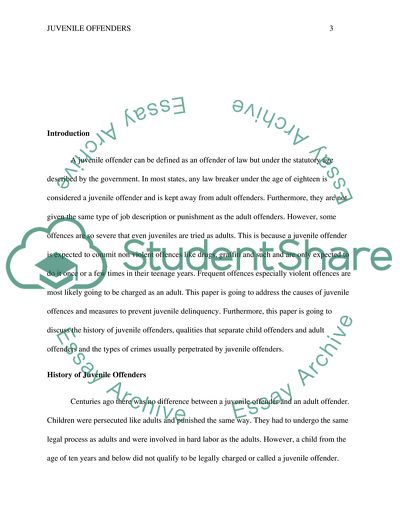Cite this document
(The Causes of Juvenile Offences Literature review, n.d.)
The Causes of Juvenile Offences Literature review. https://studentshare.org/law/1869090-juvenile-offenders
The Causes of Juvenile Offences Literature review. https://studentshare.org/law/1869090-juvenile-offenders
(The Causes of Juvenile Offences Literature Review)
The Causes of Juvenile Offences Literature Review. https://studentshare.org/law/1869090-juvenile-offenders.
The Causes of Juvenile Offences Literature Review. https://studentshare.org/law/1869090-juvenile-offenders.
“The Causes of Juvenile Offences Literature Review”. https://studentshare.org/law/1869090-juvenile-offenders.


